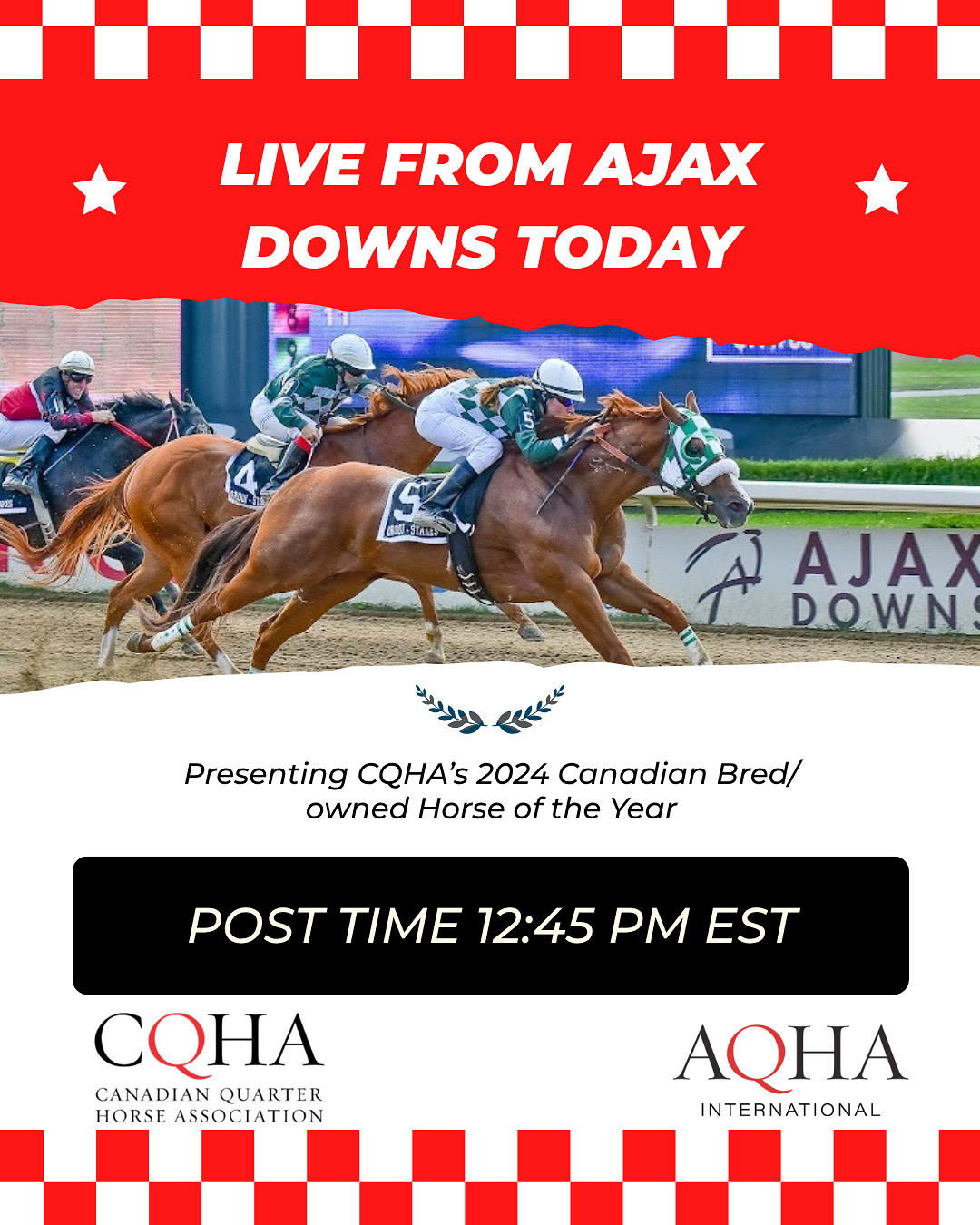
NFACC Information Update June 2025
The equine Code Committee (CC) held its third in-person meeting in April 2025 in Vancouver. As with meeting #2, subcommittee leads led discussions involving the full CC regarding proposed amendments, additions, and deletions to existing Code content. Deliberations were very collaborative and highly productive. Discussions also acknowledged that noteworthy changes have taken place within the industry over the past decade.
Shortly before the meeting, CC members received a final draft copy of the Scientific Committee Report. During the meeting, members were provided with an overview of the next steps for the report (e.g., peer review) and a series of guidelines to follow when reviewing all draft content. Once again, the Chair of the Scientific Committee provided the CC with a presentation of their summary findings regarding priority welfare topics jointly agreed upon by both committees during meeting #1.
As a team-building exercise, the CC was taken on a group tour of a well-known and highly equine-centric neighbourhood in Vancouver. Pedagogically, the tour enabled CC members to see first-hand, and to reflect upon, a variety of unique care and handling needs associated with maintaining equine well-being in the West Coast environment.
By the conclusion of day two, plans were in place to increase the frequency of on-line subcommittee and CC meetings to help ensure that all chapter content will be fully ready for final review during face-to-face meeting #4 (to be held in August). Meeting #4 will also be the final meeting prior to the eventual launch of the 60-day Public Comment Period.
Previous progress updates can be found here.

There are various ways to view the Code:
- HTML version (or select from the Table of Contents below)
- PDF version (1.9 MB)
- EPUB (please note that you will need an application on your device [phone or tablet] to download and open the book)
Please note that content in the transportation section of this Code, along with additional transportation-related content (e.g., glossary terms) that had referenced or reflected the outdated version of Part XII (Transport of Animals) in the Health of Animal Regulations (HAR), or the now archived Compromised Animals Policy, has been updated to align with the amended regulations, which took effect on February 20, 2020. Hard copies of the Codes that were printed prior to this alignment will not include these updates. For clarity, Codes that have been updated will include a statement on the front cover that reads “Alignment with Part XII (Transport of Animals) of the Health of Animals Regulations: 2021”.
This update process was strictly aimed at revising existing text that no longer aligned with the amended HAR. Every effort was made to respect the original priorities and decisions of the Code Development Committee (e.g., text from the HAR was not added if it was not covered in the original Code). In case of a discrepancy between the hard copy and online version of a Code, the online version shall take precedence.
Other resources:
- Equine Code of Practice Online Training Program
- Scientific Committee report – Review of scientific research on priority issues – July 2012
- Equine Code Backgrounder – Do You Know the Code?
- NFACC Code development process
- Animal Welfare Research Needs
- Canadian Veterinary Medical Association (CVMA)
- Use of Thermocautery for the Treatment of Lameness in Horses – Position Statement
- Elective and Non-Therapeutic Veterinary Procedures for Cosmetic or Competitive Purposes (Formerly Cosmetic Alteration) – Position Statement
- Surgical Castration of Horses, Donkeys and Mules – Position Statement
- Horse Welfare Alliance of Canada (HWAC)








